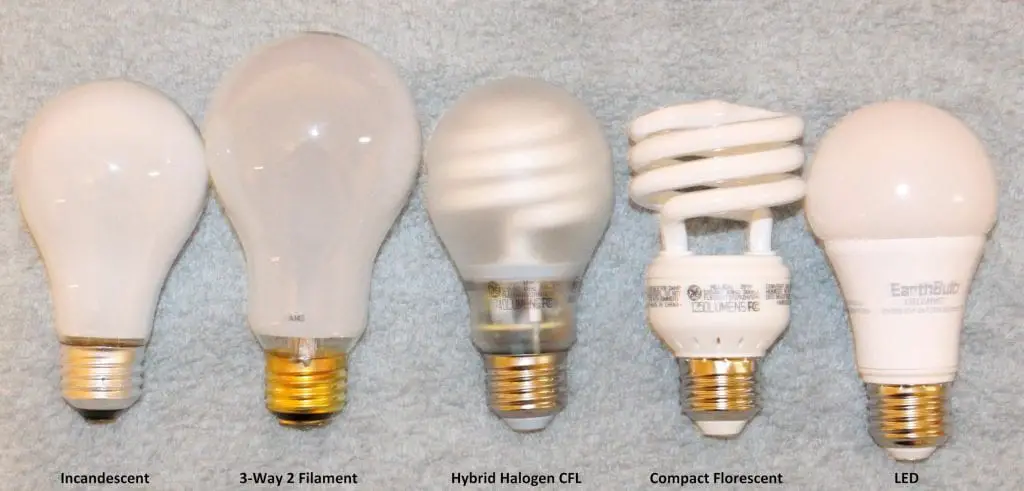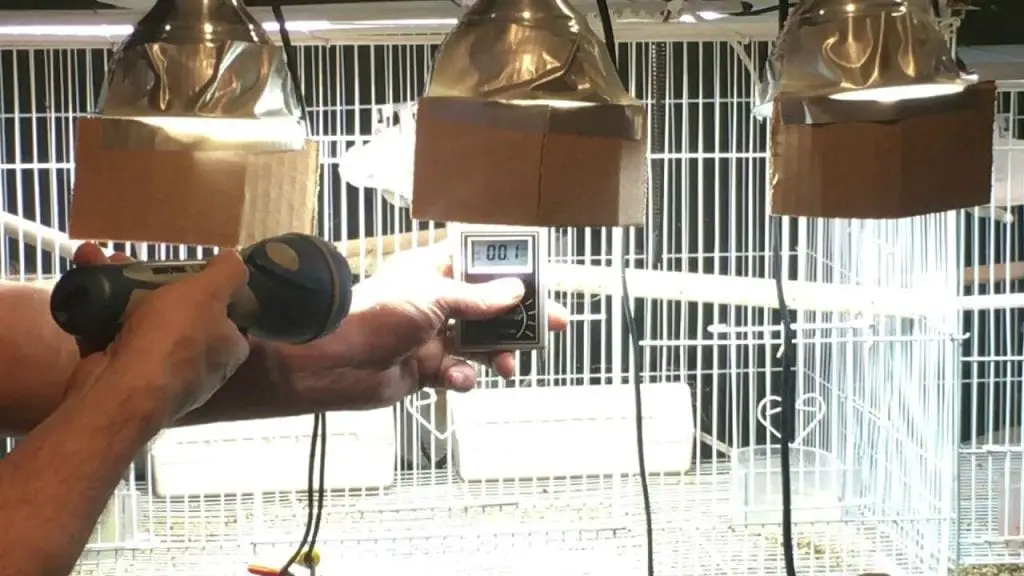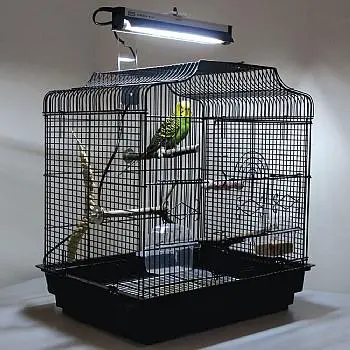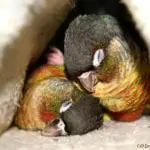Birds depend on light to regulate bodily processes. Sunlight exposure is vital to the health of birds, but it is not always possible to provide it, especially if you have taken them in captivity. Full-spectrum lights were invented to somehow mimic the rays of the sun, so even if your bird is not exposed to sunlight, they are still kept healthy. Some bird owners believe that there is no need to expose their birds in any lighting equipment as long as the room where they are placed is well lit, this is actually a misconception because the birds need to the power of light exposure to get natural vitamins and to maintain their health.
There is no need to invest in any lighting equipment if you have time to expose the bird in sunlight for a couple of hours within a day, like what you do for newborns, but if you do not have time for this, it is ideal for making use of full-spectrum light. In this article, we’ll know detailed information about how a full spectrum light work and what are its beneficial effects to your bird.
How a Full Spectrum Light Works
In the wild, your bird will not have any difficulty differentiating night and day; that is why they automatically know that they’ll be active in the daytime and sleep at night. However, in captivity, they may be confused, especially if they cannot see any differentiation of day and night when they are placed indoors. This is where the functionality of a full spectrum light is helpful. When using a full-spectrum light, there should still be a photoperiod where the full spectrum light is turned on in the daytime and is off at night time to give way for the bird’s sleeping time. The full spectrum light should be operating for about 12 hours each day.
What are the Benefits of a Full Spectrum Lights to Birds?
Most birds are color blind when there is no light exposure; that is why most birds are diurnal because they have a good sight when there is sunlight. If you would take a bird in captivity, it is advisable to make sure that their new environment somehow mimics the environment that they have in the wild that includes their exposure to light, you can place their cage in a place where there is still sunlight exposure or if it is not possible, you may need to invest in a full spectrum light exposure so that they are able to see vivid colors that allow them to do different things that will make them busy such as playing, eating and flying. Below are the other benefits of full-spectrum light.
- On the physiological aspect, full-spectrum lights can be a source of Vitamin D3, which is an essential factor in the proper absorption of calcium to have strong and healthy bones. If there is an inadequate full spectrum light exposure, your bird may feel stressed, fatigued, and its immune system might be affected.
- When your bird receives adequate light exposure, their bodies can easily absorb nutrients such as Vitamin D, Vitamin A, Vitamin E, and Calcium. If your bird has the inability to absorb different kinds of nutrients, it will be sick
- By means of exposing your bird to light will help them avoid behavioral issues such as excessive squawking, feather plucking, and biting. Your bird will also become energetic to fight for depression and lethargy. Lack of full-spectrum light also affects their overall bodily development.
- The use of a full spectrum light is a good light supplement. Even though your bird is located near a window, it may still not provide an adequate need for light exposure.
- Birds have a good vision as long as they are in a well-lit environment. If you place your bird indoors, the use of a full spectrum light will help your bird process visual information perfectly, like what it’s visual functioning in the wild. If your bird can see properly, then you can be sure that it can live happily.
- The use of full-spectrum light is also good equipment to ensure that whether the season changes, your bird’s life processes will not be interrupted.
How to Choose a Full Spectrum for Your Bird

Not all full spectrum light bulbs in the market are created equal, be sure that the one that you are purchasing is really suitable for birds. There are two kinds of full-spectrum light; it is either a full-spectrum fluorescent bulb or the broad spectrum bulb. The one that is applicable for birds is the full spectrum fluorescent bulb; the broad spectrum bulb is only suitable for plants.
A full spectrum fluorescent bulb is measured by its color temperature, Color Rendering Index, and its brightness. The color temperature, or known as the chromaticity, is the degree of whiteness the light emits and is measured in degrees Kelvin. If the values tend to be higher, the color is more on the whitish side, but if the values of the color temperature are lower tend, its color is on the yellowish side.
The ideal color temperature for a full spectrum light bulb is about 5250 K, so choose a bulb that is the same or has the nearest color temperature. For the Color Rendering Index, the most suitable value if it will be used for birds is about 100, but 98 and above are all good. For the brightness, which is measured in Lumens, 5.0 is suitable for bird’s use.
Tips in Using a Full Spectrum Light

- If the room where you would place your bird has no exposure to natural lighting, it is important to have a lighting schedule more on like a photoperiod. When a daylight pattern is used, there won’t be any changes in their hormonal functioning, which will be a big factor if you are to breeding and reproduction.
- Make sure to only use a full spectrum light that is suitable for birds because if the lighting equipment that you will be using is mainly for plants, it wouldn’t be an effective element to assist the health of your bird.
- You can easily set-up your full spectrum lighting into your bird’s cage without adding up to the heat by just hanging the light above the bird’s cage. Make sure that all parts of the cage are covered with light.
- If the full spectrum light is turned on, make sure to observe the cage’s temperature. If the temperature in their cage increases, you may need to slightly move the bulb away from the cage.
Final Thoughts
Exposing your bird in a full spectrum light will make a big difference in the health of your bird. With a lot of full-spectrum light that is available in the market, you should be able to distinguish the right kind for your bird. There is a possibility that the use of an incorrect full spectrum light could be detrimental to their health. If there is a chance to expose your bird to natural sunlight, grab the opportunity because there are still benefits that you can get from direct sunlight rather than using artificial lighting.


